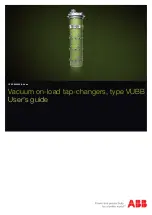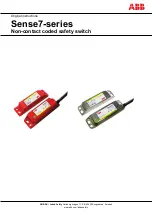
23
About the USB 3.0 Hub and BYOC
Copyright © 2016 Arrive Systems, Inc. All rights reserved.
•
Support for new transfer types
•
Backward USB 2.0 compatibility
Any high-bandwidth device that works with USB 2.0 will become better if updated with USB
3.0 support. At the moment, devices that tax the throughput of USB 2.0 include external hard
drives, video capture, webcams, video adapters, multi-channel audio interface,etc. Multiple
devices connected via the hub are also supported.
Examples of devices that can be connected to the USB 3.0 hub are: USB cameras,
microphones, and laptops for interactivity support. Speakers are usually provided with the
display screen.
AC INPUT
1
INPUT
DC 5V ~ 8A
2
3
RS-232
CONTROL
Use high quality
HDMI cable or
approved HD-Base-T
extenders only
5V-DC Max. 2.4A
Use device approved
cable / iPAD capable
HDMI OUT
CONNECT TO
USB2.0 / 3.0
PERIPHERALS
GND RX TX
CONNECT TO USER
PULL-THRU CABLE
AHP-4010-CMMH
INPUT
1
2
1
INPUT
DC 5V ~ 7.5A
2
3
RS-232
CONTROL
Use high quality
HDMI cable or
approved HD-Base-T
extenders only
5V-DC Max. 2.4A
For under table
peripherals
HDMI OUT
CONNECT TO
USB2.0 / 3.0
PERIPHERALS
GND RX TX
CONNECT TO USER
PULL-THRU CABLE
OUTPUT
Figure 12:
USB 3.0 ports
Bring-Your-Own-Video Conference (BYOC)
The HuddlePoint is a Bring- Your-Own-Video Conference (BYOC) ready device. It means
that users may already have video conferencing apps in their devices, and may only need to
connect to peripherals and a screen for sound input (microphone), video input (camera) and
display.
The USB port on the back panel of the device that connects a user pull - through cable (1)
provides a link to peripherals that are connected to any of the ports in the USB hub (2). This
cable can be connected to a user laptop which has a video conferencing app, for example,
Skype for Business. When using Skype, the connected peripherals are detected as “tools” or
“devices” within the app that users can utilize instead of built-in devices on the laptop.




































